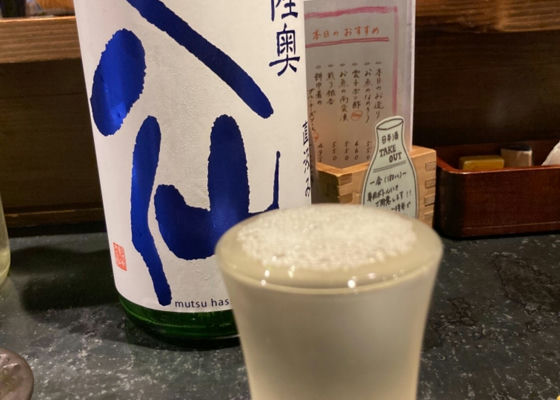
SakenowaRecord your sake experiences and discover your favorites
Registered Date
Check-ins
41Favorite Brands
0Sake Map
The origins of the sake you've drunk are colored on the map.Venues With Most Check-Ins
Timeline

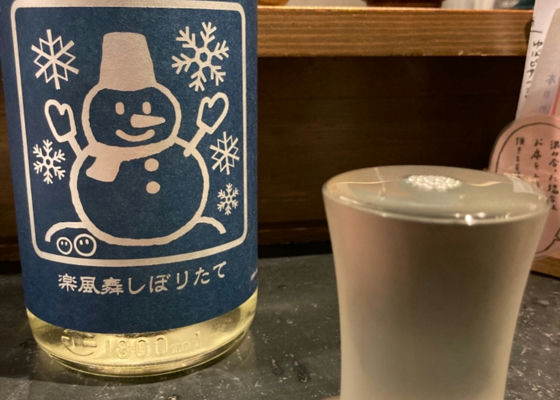
tmnara
At Izumibashi, we believe that sake brewing begins with rice cultivation, and we work consistently from farming to brewing. We used to call this country "Akitsu Island, Land of Inaho". Akitsu means red dragonfly. In particular, dragonflies such as Akikane, which are common in the Kanto region, give birth to cute eggs in the rice fields in autumn and pass their lives on to the next generation. The eggs are waiting for spring and pass the harsh winter in the rice field. We tried to express such a story of winter with a fun label and sake.
The sweetness and refreshing alcohol were felt in the esophagus and throat.
Japanese>English

tmnara
Kaoru Sake Vol.2
The smell is extremely fragrant, and the sweetness comes out softly, but the lingering bitterness makes you want to drink it again and feed it to others.
Japanese>English
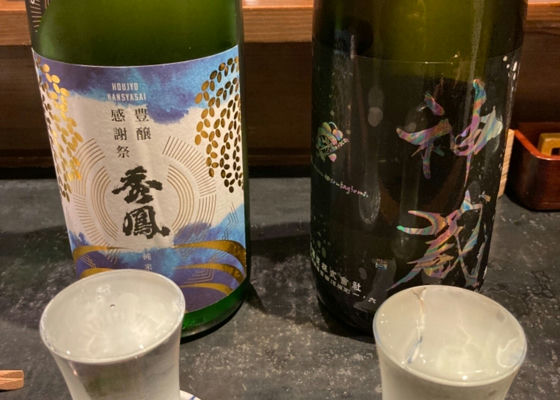
tmnara
Sake degree -2
Acidity 1.5
Dewa Sanda Polishing ratio 45
The sweetness of this sake stands out.
Japanese>English
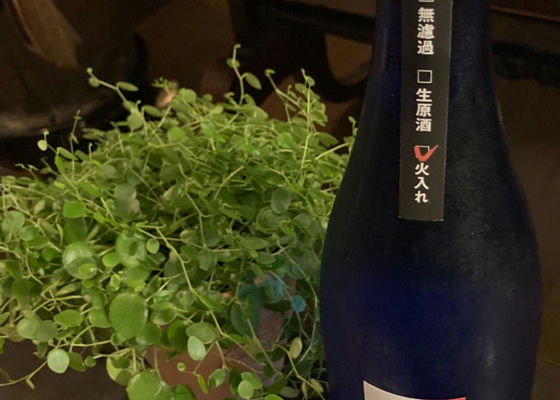
tmnara
This sake is not dry, but it is light and goes well with any meal.
It is made from Nara Prefecture's sake rice called "Doroha Kaze", and it is wonderful that they care about history!
Japanese>English
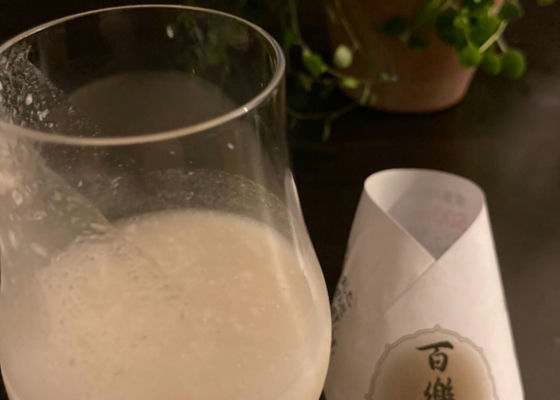
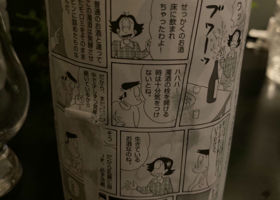

tmnara
It has the unique sweet smell of fermented raw rice, and the taste is wonderful with the strength of alcohol and sweetness unique to thick doburoku. You can get drunk quickly.
Japanese>English
ひっさん
Good evening, tmnara-san.
I sometimes go to Noyori, but I haven't tried Hyakurakumon's doburoku yet. The newspaper style wrapping paper is very nice 👍 I want to try it if I have a chance 😙.
Japanese>English
tmnara
Hi-san, thank you for your comment!
I've been living in Nara for 5 months now, and I've been trying to drink a lot of sake, but this is the first time I've come across this kind of sake, so please stop by and give it a try!
Japanese>English
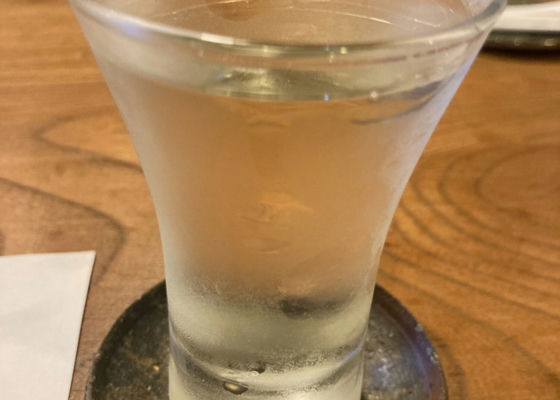
tmnara
cold
+3
Nice light sweetness and sharpness.
Japanese>English
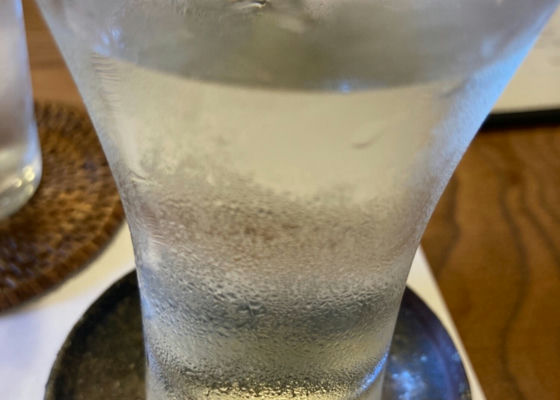
tmnara
Cold
Sake degree +9
Superfine foaming.
It has a sweet taste, but also has a good sharpness.
It is even better with Izumo Soba.
Japanese>English
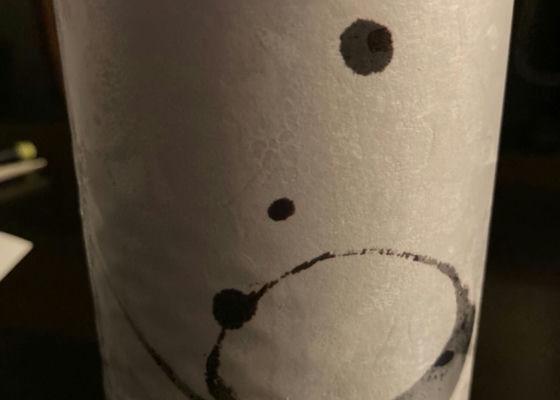
tmnara
Limited Edition Sake
Alcohol content 16-17
Rice variety: Gin no Sato (produced in Fukuzumi, Tenri City)
Rice polishing ratio 50%.
Sake degree -5
Acidity 2.3
Inanohana is an Inada Shuzo limited distribution brand started in 2020. The label design is the work of Sumi ink artist, Takako Imatani. The artwork and colors express the taste of each sake.
The smell is spreading sweetness, and the taste is also very sweet, which is in fashion these days, but the alcohol comes in the middle, so it is recommended for people who can also go for dry taste.
Japanese>English
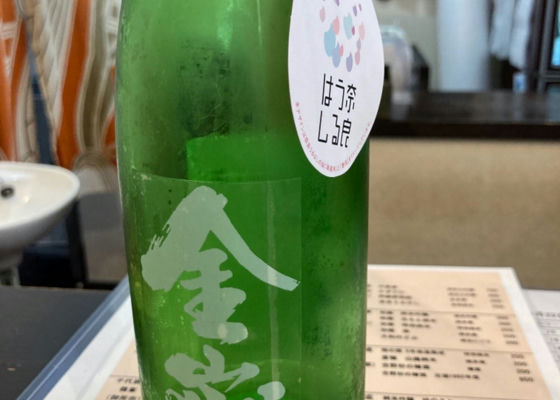
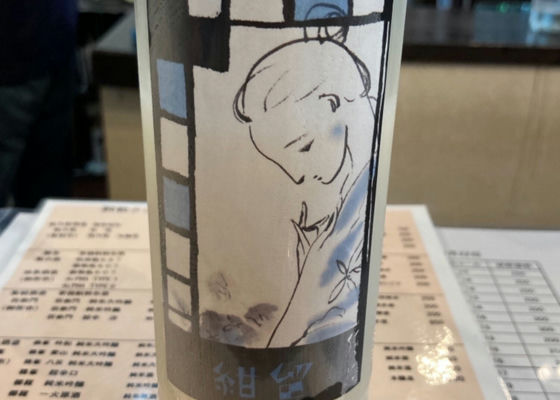
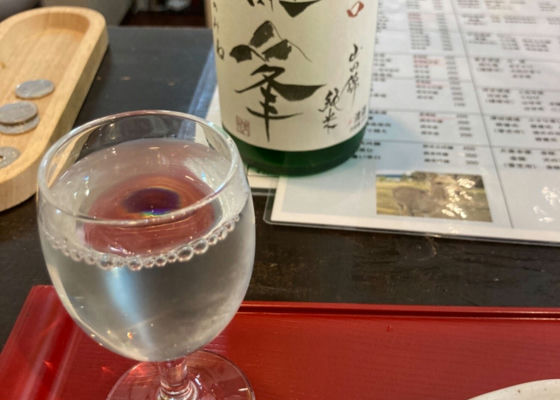
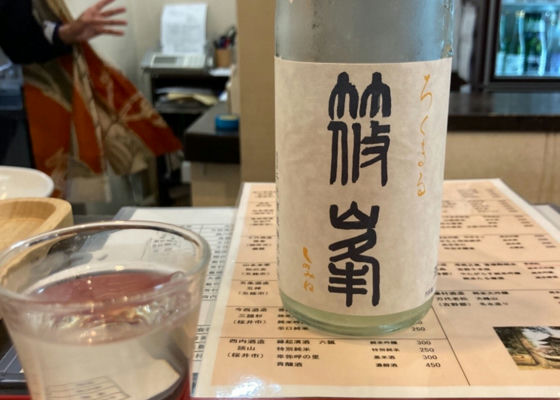
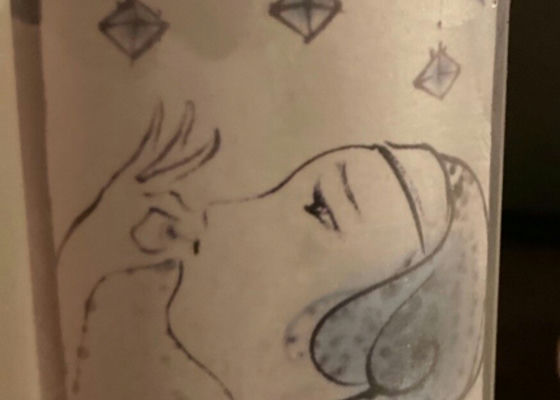
tmnara
It has a nice label and a rare feeling that it is a limited edition sake!
It has a slight sweetness and a refreshing crispness.
It goes well with seseri!
Japanese>English
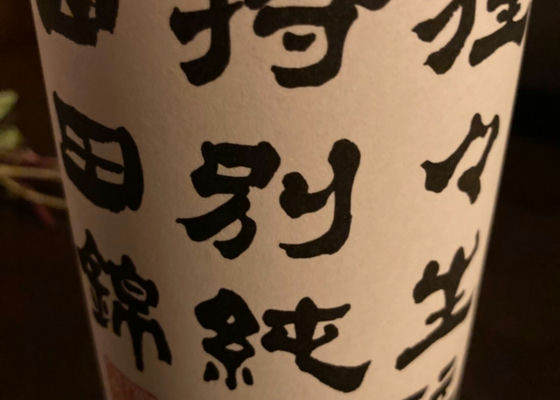
tmnara
This is the first time for me to drink Yamadanishiki sake with a bitter taste. Yesterday it was Chinese-style, so the taste was even more pronounced, but today it was very tasty paired with Japanese food.
I️ now understand that it has a delicate taste.
Japanese>English
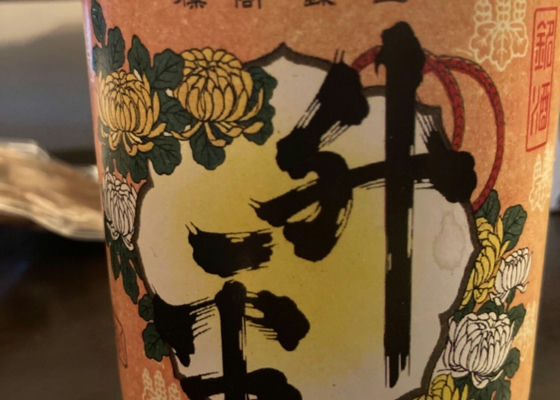
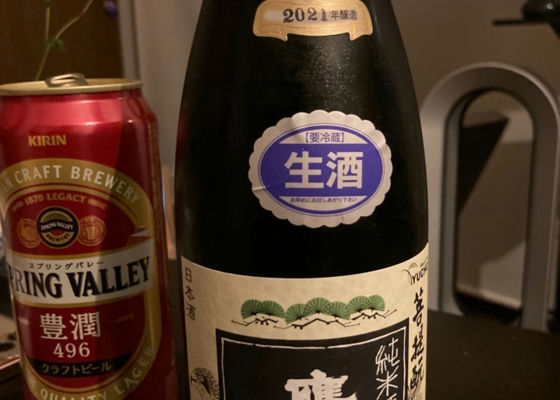
tmnara
Bodhi-motome-zukuri is a brewing method used in the Muromachi period (1336-1573) at Shoreki-ji Temple on Bodhi Mountain in Nara. It is characterized by the use of raw rice in the production process. Using rice and water from the Shorekiji temple and its territory, the Shorekiji lactobacillus and Shorekiji yeast isolated from the temple grounds are used to make the sake mother, which is then combined with modern brewing methods to produce a rich, umami-flavored junmai-shu with regional characteristics unique to Nara Prefecture. In addition, it has a cultural aspect in that the production technique of this Bodhi-moto is handed down to future generations at Shorekiji Temple.
Rice (domestic), Rice malt (domestic), Polishing ratio 70%, 100% Hinohikari produced in Bodhiyama-cho, Nara.
Alcohol content 17 degrees, Sake degree -28, Acid degree 3.3, Amino acid degree 2.4, Kongo Katsuragi mountain range Shinso groundwater, Hardness around 250mg/L
The smell is soft alcohol, the taste is alcohol with a shift from umami to sweetness. Together with Kaze no Mori, it is a delicious sake with a slight effervescence.
Japanese>English
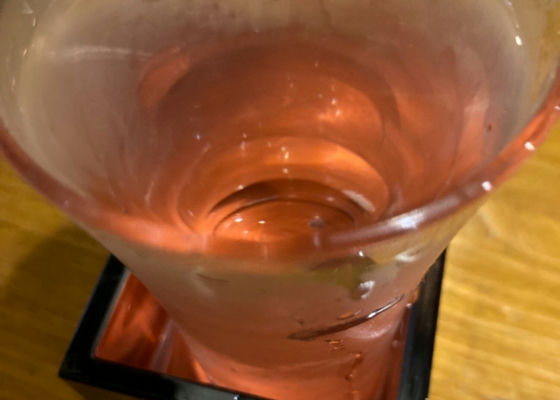
tmnara
"+28 degrees of Sake degree! Please enjoy the hottest dry sake in Japan. The shop's comment is, "Please refer to the summary only.
Dry from the smell, the taste is Kiriri‼️ from the beginning, followed by Kiriri, Kiriri, Kiriri, and ends with Kiriri‼️.
Japanese>English
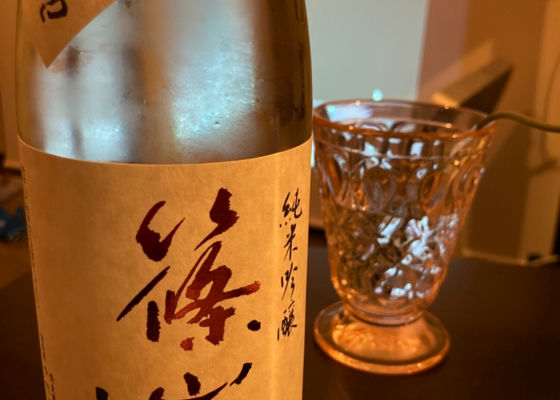
tmnara
The smell is sweet. Tastes like a sweet, fruity white grape, crisp and dry. Slightly fizzy ministry.
Japanese>English
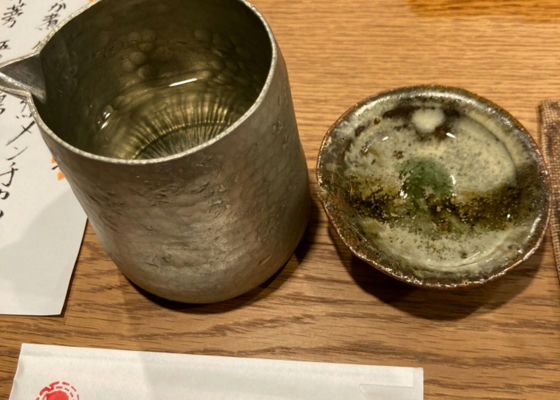
tmnara
The smell is light sweetness. The taste enters from the alcohol of the sweet smell with a gusto, and the mild sweetness spreads with a slight foam.
Japanese>English